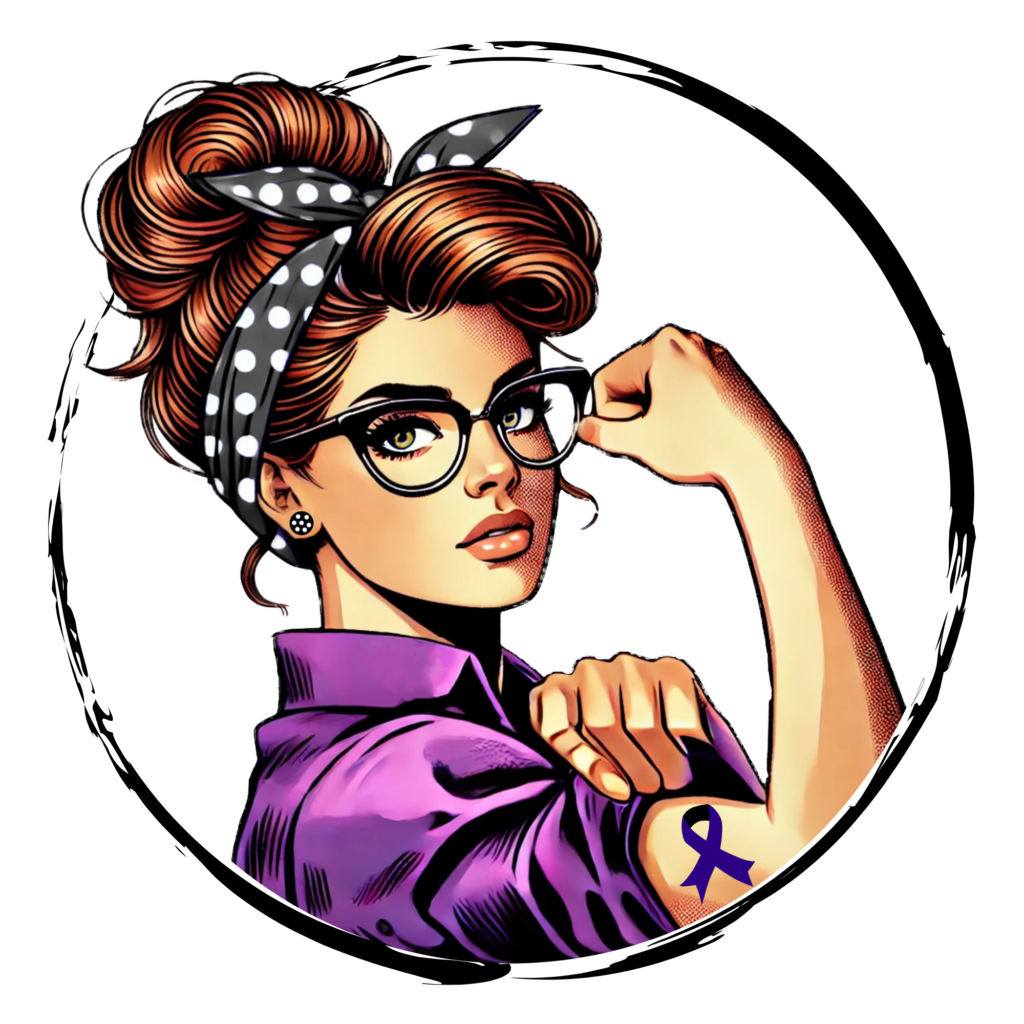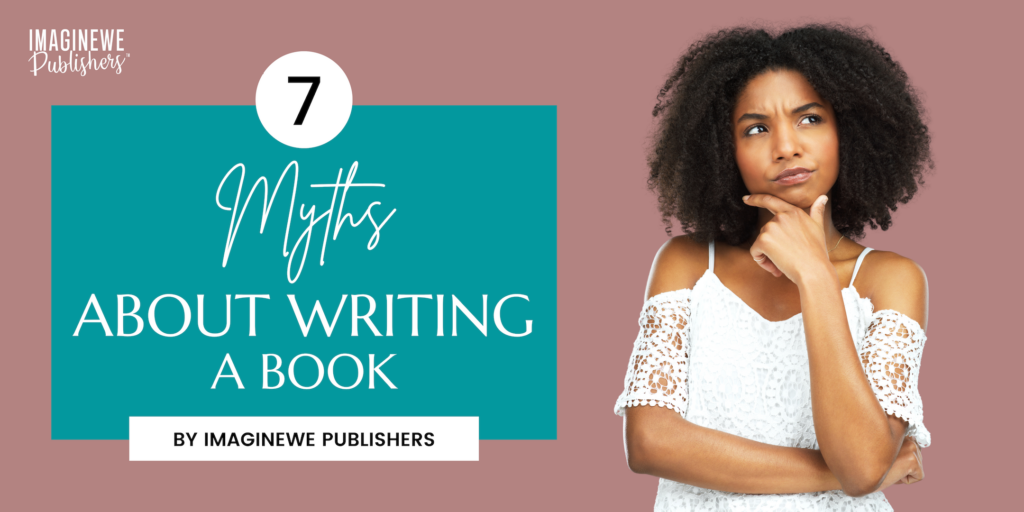"There is no greater agony than bearing an untold story inside you."
- Maya Angelou
Writing personal memoirs offers a unique chance to connect with readers on a deeply personal level. By sharing your experiences, you allow others to relate to your journey, struggles, and triumphs. However, memoir writing presents a challenge: balancing vulnerability with privacy. How do you share your truth while protecting your boundaries? It’s a delicate line, but with thoughtful consideration, you can share your story authentically without overexposing yourself.
Step 1: Define Your Purpose for Writing Personal Memoirs
Before you begin writing personal memoirs, it’s essential to clarify your purpose. Why do you want to share your story? Are you looking to inspire others, document your experiences, or pass down lessons learned? Defining your purpose will guide the narrative and help you determine which stories to include.
Ask yourself if your memoir serves a greater purpose than just personal catharsis. Reflect on whether the message you want to share will resonate with others. This clarity will help you decide which details matter and how to present them.
Step 2: Decide Which Details to Share and Which to Withhold
In writing personal memoirs, not every detail needs to be revealed. Some experiences may be too intimate or even harmful to you or others. Balancing vulnerability with privacy is key. Consider sharing the emotional impact of an event rather than all its specific details. By focusing on the broader themes—such as the lessons learned or the emotional growth you experienced—you can still craft a compelling narrative without overexposing yourself or others. It’s okay to be selective with what you disclose, especially if certain details could harm relationships or create discomfort.
Step 3: Use Storytelling Techniques to Enhance Emotional Impact
Memoirs are more than just a recounting of events. They should evoke emotion and create a connection with your readers. Use vivid descriptions, reflective moments, and natural dialogue to bring your experiences to life. Show how specific events shaped who you are today. Consider using flashbacks or nonlinear storytelling to make your narrative more engaging. The goal is to make the reader feel as though they are walking beside you on your journey, experiencing each moment with you.
Examples: Memoirs that Balance Vulnerability and Privacy
Books like Educated by Tara Westover and The Glass Castle by Jeannette Walls demonstrate how to write powerful personal memoirs while maintaining a sense of privacy. Both authors share deeply personal—and often painful—experiences. However, they do so thoughtfully, revealing only what is necessary to convey their message while respecting their own boundaries and those of others.
These memoirs strike a delicate balance between vulnerability and privacy, showing that it’s possible to share your truth without overexposing yourself.
Memoirs with Integrity and Purpose
Writing personal memoirs is a deeply intimate and courageous endeavor. By clearly defining your purpose, thoughtfully choosing what to share, and using effective storytelling techniques, you can create a memoir that resonates with readers. Most importantly, you’ll be able to respect both your boundaries and the privacy of others. Crafting a memoir that connects, heals, and empowers is all about telling your story in a way that honors your truth, without sacrificing your sense of self.
If you’re inspired to share your own story, consider becoming a published author with ImagineWe Publishers. We are always accepting new inquiries and would love to help bring your personal memoir to life. Submit your inquiry today and start your journey toward becoming a published author!
Written by Jessica Cassick, M.S., PhD(c)

Jessica Cassick is the CEO of ImagineWe Publishers (Est. 2016), a mother (and soon-to-be wife), writer, scholar, and published author of several original books we’ve published since we first began. A passionate advocate for self-discovery, post-traumatic growth, and holistic success, she blends her academic expertise with her entrepreneurial journey. Jessica is currently finishing her PhD in Creative Leadership for Innovation and Change and writes on a variety of topics, from publishing insights to personal and professional growth strategies. Once a fast-paced achiever with a future-focused mindset, she is now learning to embrace the present, seeking balance, peace, and a deeper sense of purpose in both her professional and personal life.






